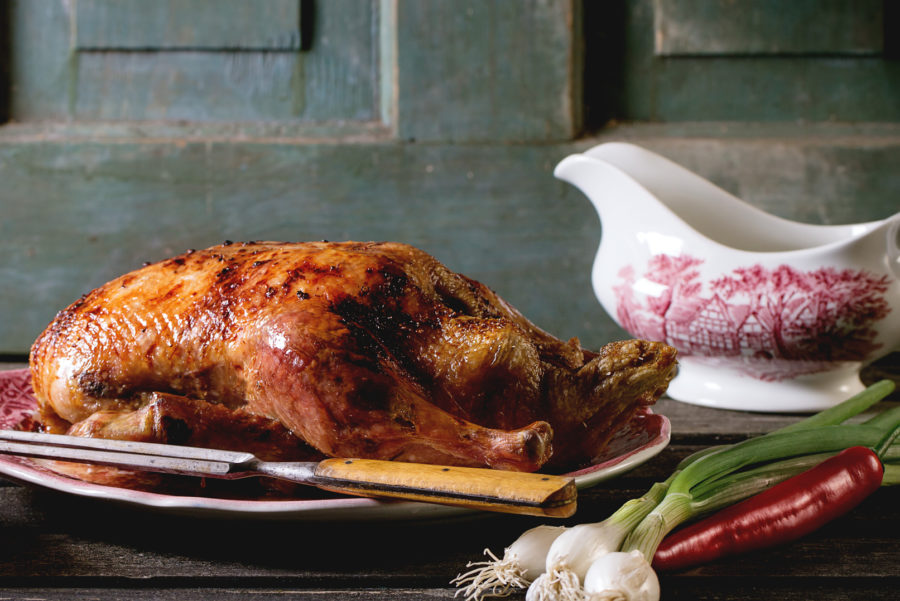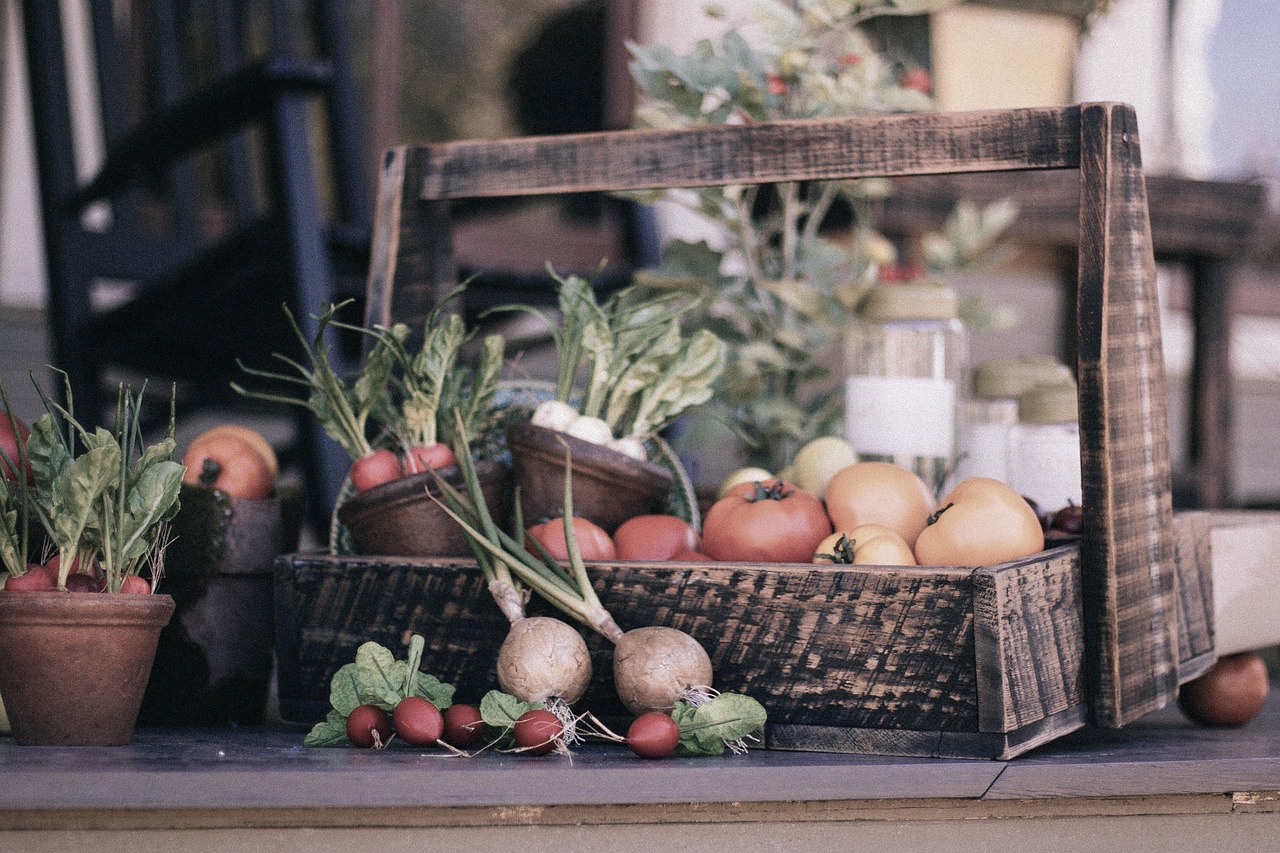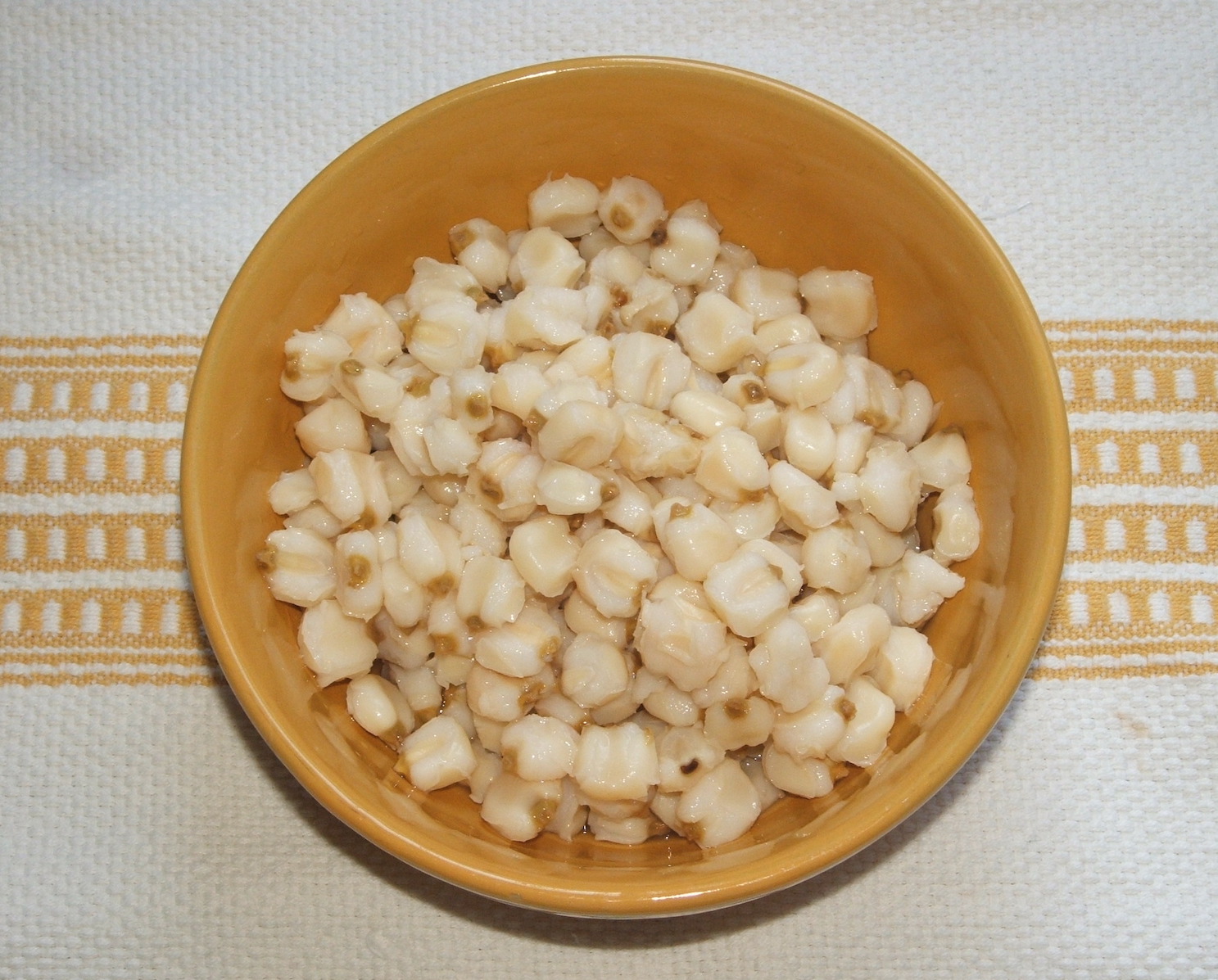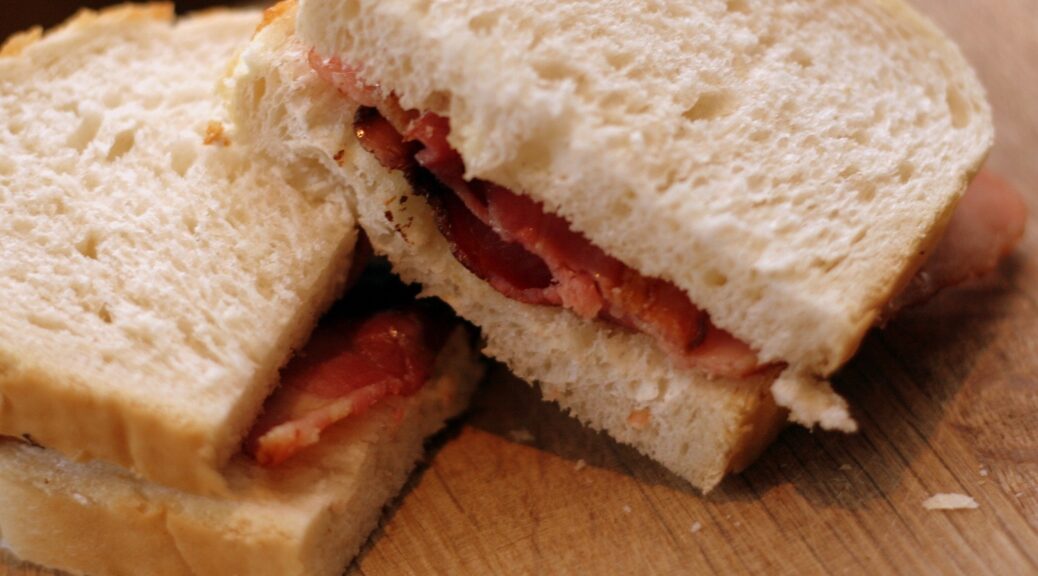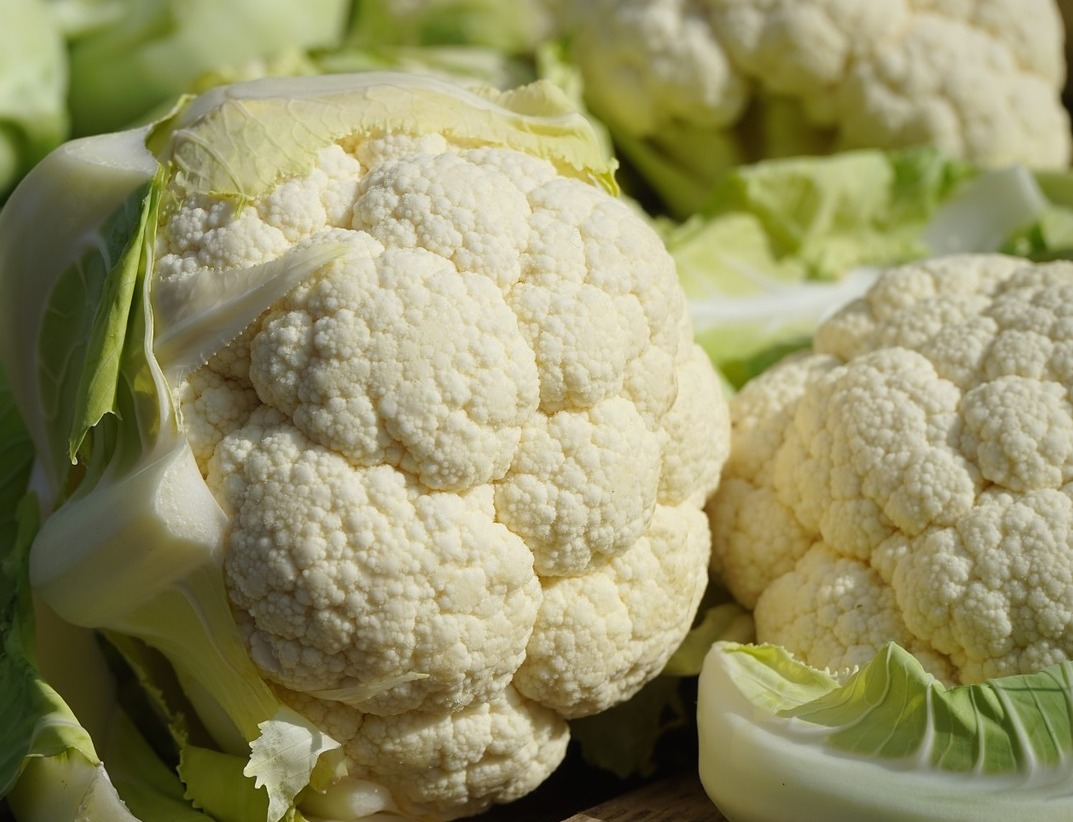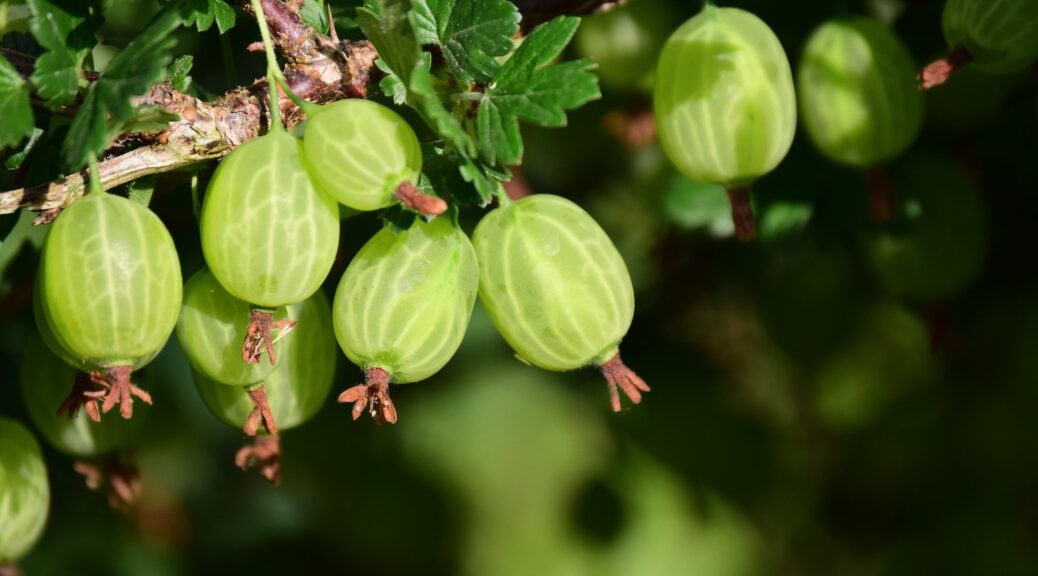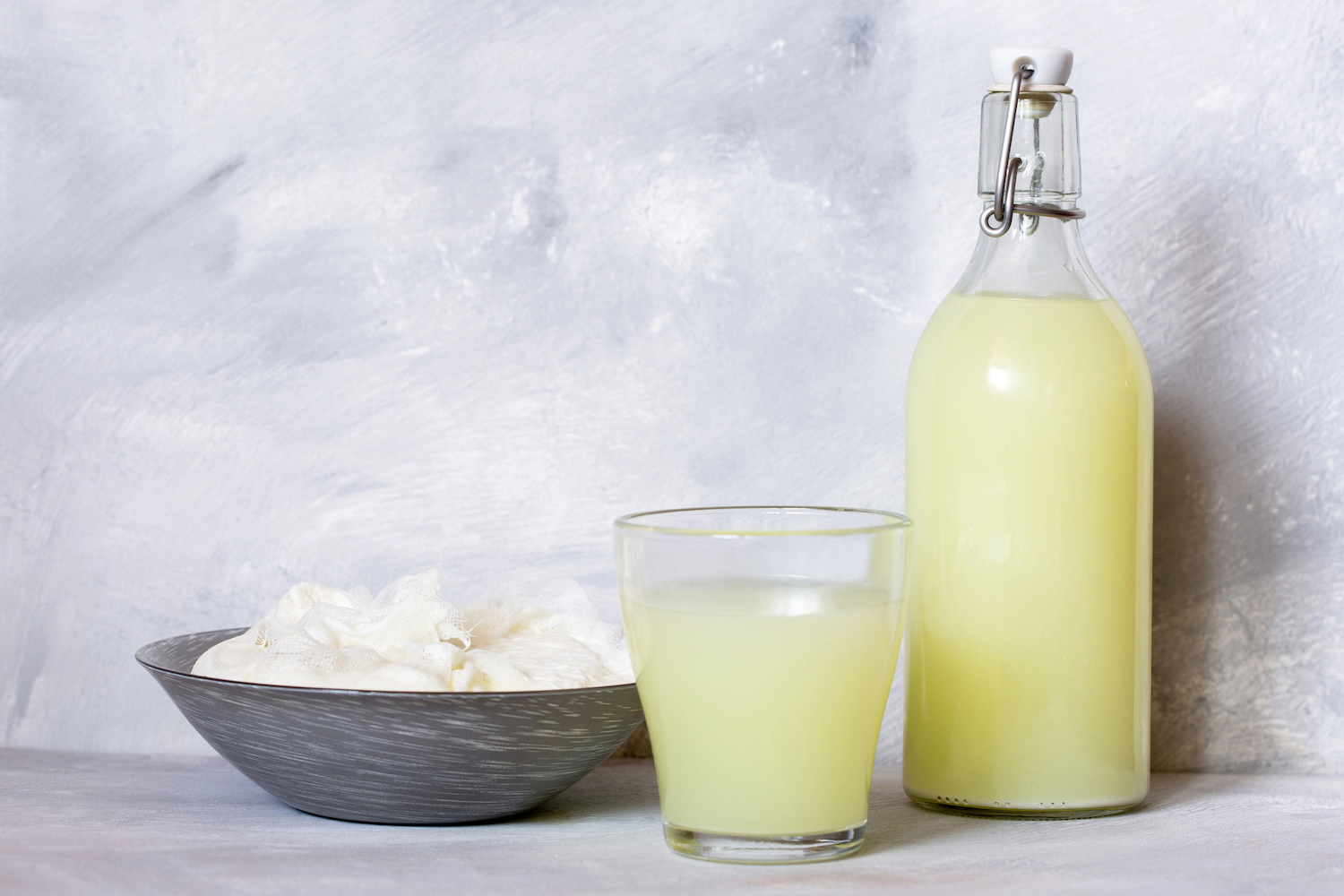Tasty Sauces for Chicken and Other Poultry
Are you looking for different ways to cook chicken and other poultry? You might want to try these recipes for poultry sauces from various cookbooks published in the 1800s. The word “poultry” is used for domestic fowls including chickens, turkeys, geese and ducks. “Fowl” is often used the same as poultry but may include game birds. NOTE: Poultry and Fowls are used interchangeably in older recipes. INFORMATION BELOW FROM 1800s COOKBOOKS CHICKEN SAUCE An anchovy or two boned and chopped,…
